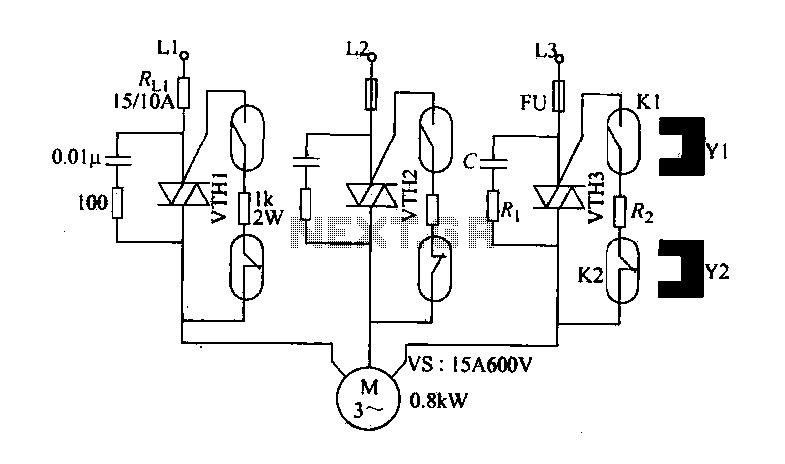
Rf driver audio oscillator circuit diagram
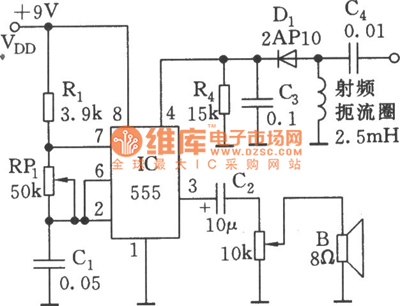
As shown in the figure, the 555 timer, resistors R1, RP1, and capacitor C1 form a controlled audio oscillator. The frequency of the oscillator is given by the formula f = 1.44 / ((R1 + 2 * RP1) * C1). The frequency can be adjusted to range between 600 Hz and 20 kHz by varying the value of RP1.
The audio oscillator circuit utilizes the 555 timer in astable mode, which enables continuous oscillation and generation of a square wave output. The configuration consists of a 555 timer IC, two resistors (R1 and RP1), and a capacitor (C1). The timing components, R1 and RP1, along with C1, determine the frequency of oscillation, allowing for a wide range of audio frequencies suitable for various applications.
In this circuit, R1 is a fixed resistor, while RP1 is a variable resistor (potentiometer), which provides the flexibility to adjust the oscillation frequency. The capacitor C1 acts as the timing capacitor, and its value, in conjunction with the resistors, directly influences the charge and discharge times, thus affecting the frequency output.
The formula f = 1.44 / ((R1 + 2 * RP1) * C1) indicates that the frequency is inversely proportional to the total resistance and capacitance in the circuit. By increasing the resistance of RP1, the frequency decreases, allowing for lower audio tones, while decreasing the resistance raises the frequency, producing higher tones. This range of 600 Hz to 20 kHz encompasses the audible spectrum, making the circuit suitable for applications such as tone generation, sound synthesis, and audio signal modulation.
The output from the 555 timer can be used to drive speakers or other audio devices, and additional filtering or amplification stages can be included in the design to enhance audio quality or drive larger loads. Proper selection of components is crucial to ensure stability and performance across the desired frequency range.As shown in the figure, 555, Rl, RPland C1form thecontrolled audio oscillator, f = 1.44 / ( R1 +2 RP1) C1, the icon parameter frequency isbetween 600Hz ~ 20kHz, and it can beselected by adjusting RP1.. 🔗 External reference
The audio oscillator circuit utilizes the 555 timer in astable mode, which enables continuous oscillation and generation of a square wave output. The configuration consists of a 555 timer IC, two resistors (R1 and RP1), and a capacitor (C1). The timing components, R1 and RP1, along with C1, determine the frequency of oscillation, allowing for a wide range of audio frequencies suitable for various applications.
In this circuit, R1 is a fixed resistor, while RP1 is a variable resistor (potentiometer), which provides the flexibility to adjust the oscillation frequency. The capacitor C1 acts as the timing capacitor, and its value, in conjunction with the resistors, directly influences the charge and discharge times, thus affecting the frequency output.
The formula f = 1.44 / ((R1 + 2 * RP1) * C1) indicates that the frequency is inversely proportional to the total resistance and capacitance in the circuit. By increasing the resistance of RP1, the frequency decreases, allowing for lower audio tones, while decreasing the resistance raises the frequency, producing higher tones. This range of 600 Hz to 20 kHz encompasses the audible spectrum, making the circuit suitable for applications such as tone generation, sound synthesis, and audio signal modulation.
The output from the 555 timer can be used to drive speakers or other audio devices, and additional filtering or amplification stages can be included in the design to enhance audio quality or drive larger loads. Proper selection of components is crucial to ensure stability and performance across the desired frequency range.As shown in the figure, 555, Rl, RPland C1form thecontrolled audio oscillator, f = 1.44 / ( R1 +2 RP1) C1, the icon parameter frequency isbetween 600Hz ~ 20kHz, and it can beselected by adjusting RP1.. 🔗 External reference
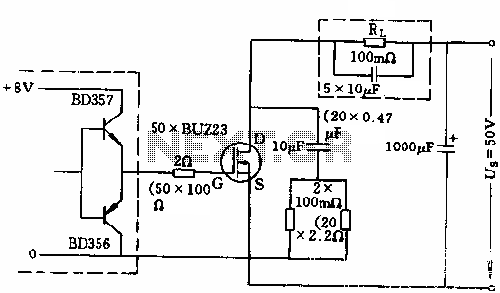
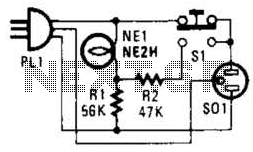
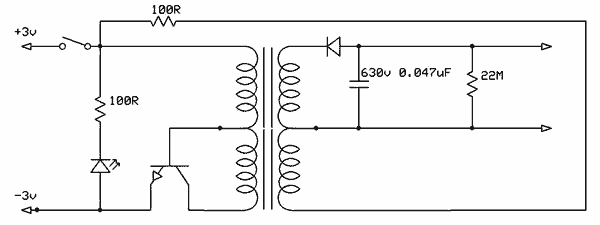
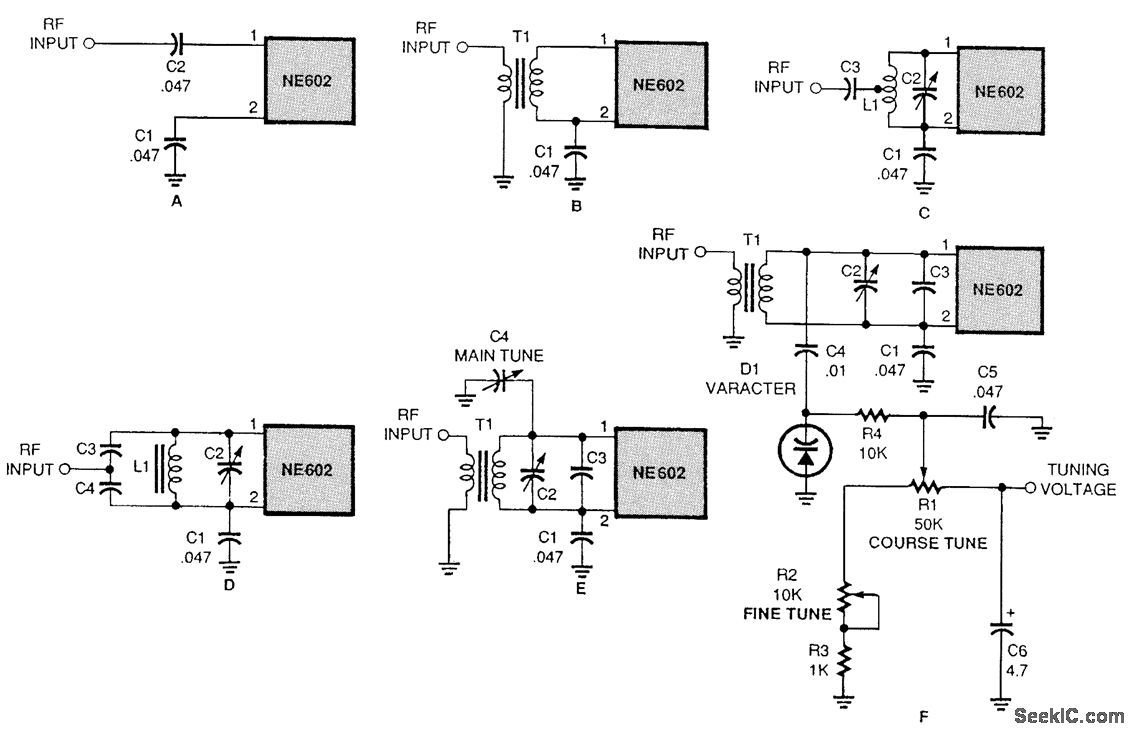
%2Busing%2Bop%2Bamp%2B741%2Bic%2B.png)
